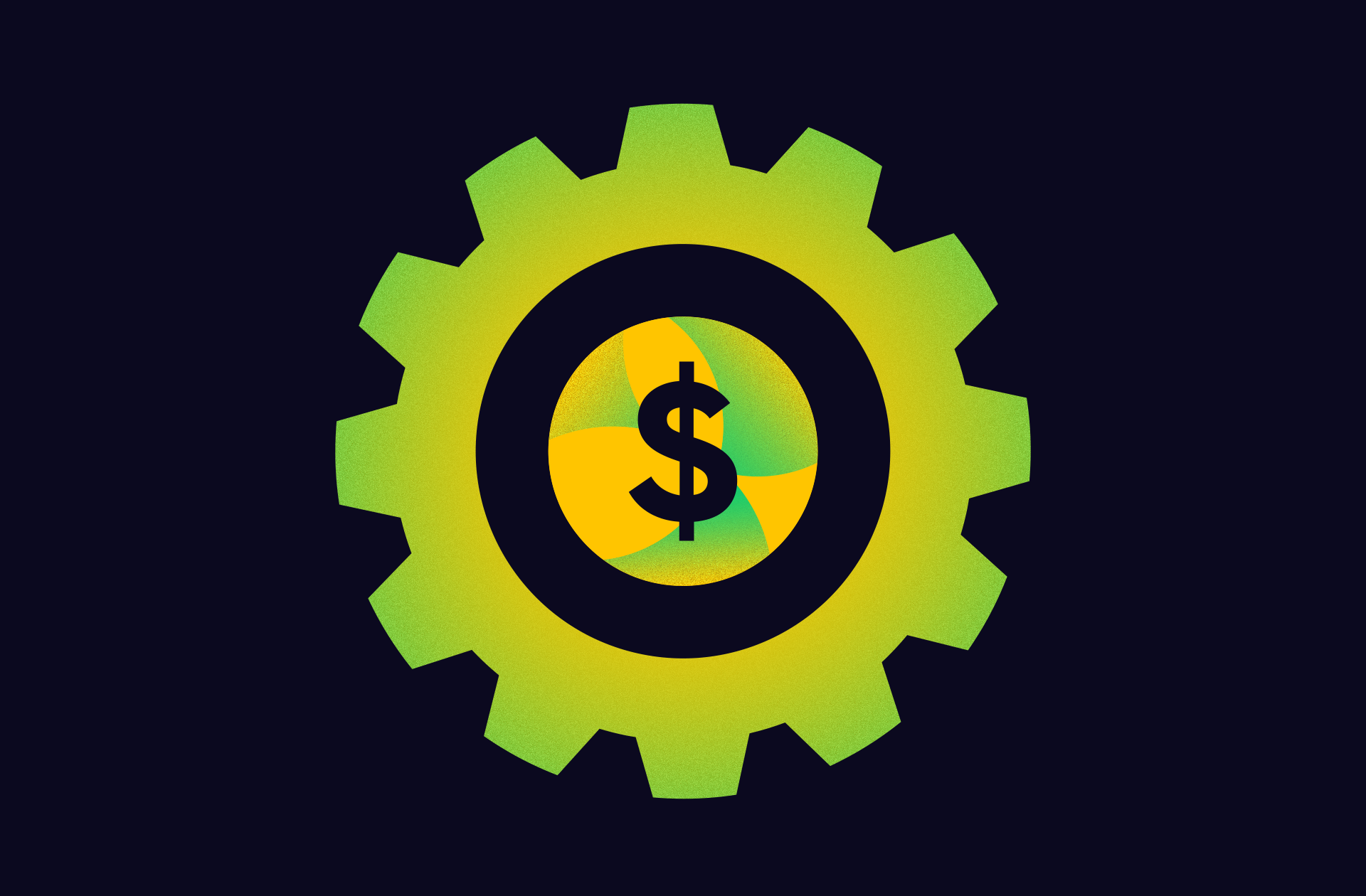If there’s one thing that will keep you on your toes, it’s B2B marketing trends. No matter what you’re selling, industries are always shifting, new tools are coming to market, and social expectations are evolving. On the recent episode of our Best Story Wins podcast, LaunchDarkly CMO Keith Messick reminded us how dangerous it is to fall behind your competition—simply because you’re not keeping up with the way B2B is changing. (As a B2B veteran, Messick has helmed many brands’ marketing operations, so he knows a thing or two about how to make waves.). But exactly how is B2B changing? And what does that mean for marketers?
During the course of our podcast conversation, Messick pointed out three significant ways B2B marketing has evolved (for the better) in recent years. Unfortunately, we see too many marketers ignore these changes—and suffer greatly for it. We’d hate for that to be you, so today we’re sharing the B2B marketing trends you need to know, plus our best tips to help you use them to your advantage.
3 B2B Marketing Trends You Should Know About
With advancements in technology and shifting customer expectations, successful B2B marketing requires more than a few paid campaigns. If you want to win, here’s what you need to know—and how to put that knowledge to work for you.
Change #1: More market data is available than ever.
B2C has traditionally had a leg up, as that is where the bulk of consumer research has been focused. Fortunately, that’s changing. We have access to more B2B data than ever before, as more brands produce industry research and thought leadership. This abundance of data presents a valuable opportunity for B2B marketers to gain deep insights into their target audience, understand their preferences, and optimize their marketing strategies accordingly.
With better B2B data, you can guide marketing conversations with empirical data—not just a hunch.
Beyond the market research available, marketers also have access to more internal data. To make the most of this, invest in robust data analytics tools to track and analyze customer behavior, identify trends, and make data-driven decisions. You should also prioritize personalized marketing approaches, as tailoring content and messages based on your audience’s needs and pain points can significantly enhance customer engagement and conversion rates. You can also segment customers and create buyer personas to help your businesses deliver more relevant and personalized experiences to your prospects.
Tip: Data storytelling is a particularly great way to increase credibility, share surprising insights, and get attention from industry peers and publications alike, so consider the ways you can put data to work in your own content marketing. Start with our tips to find the stories in your data and turn them into effective content.
Change #2: UX matters more to customer experience.
We’ve talked about the ways that B2B is becoming more like B2C, specifically in the way people want to buy and interact with brands. One of the biggest changes? Buyers don’t actually want to interact with company reps that much. They want to complete most of the journey on their own—online.
Translation: B2B buyers expect seamless and intuitive experiences, similar to those they encounter in consumer buying.
If you want to outshine your competition, focus on creating a user-friendly website, intuitive interface, and streamlined customer journey. Create content that gives your audience all the information they want, and make sure it’s up-to-date and easy to access—eliminating the need for a sales rep (until the very final stages).
Optimizing for mobile is also crucial, as B2B buyers are increasingly using their smartphones and tablets to research products, compare prices, and make purchase decisions. Make sure you offer a seamless experience across different devices.
Tip: Prioritize UX optimization by conducting user testing and gathering feedback to help identify pain points in the customer journey. Your goal is to make the experience easier at every touchpoint, whether that’s streamlining complex processes, simplifying navigation, or enhancing website speed.
Change #3: B2B marketing is more emotional.
Messick says one of the biggest myths in B2B is that it’s not emotional. While B2B marketing has traditionally been more rational and focused on facts and figures, the landscape is shifting. B2B buyers, just like B2C consumers, are seeking authentic and emotionally resonant connections with brands.
Think of your audience and where they are in their decision-making process. What emotions are fueling them at every stage of the buyer journey?
To adapt to this change, infuse your marketing campaigns with more emotional storytelling. Whether you’re crafting narratives that evoke empathy, trust, or a sense of purpose, using emotion is one of the best (and fairly easy) ways for businesses to forge stronger connections with the people they’re trying to reach.
Tip: Messick is a big fan of making B2B more fun and engaging, whether it’s blogs, videos, infographics, or customer success stories. Remember: Your brand culture can also be a powerful source of emotional storytelling. To create more human connections, create content around your brand values or brand heart. (Here are some great examples of this in the wild.)
How to Make Sure Your B2B Marketing Works
B2B marketing is always an exciting challenge, but there are smart ways to make sure the work you’re putting in is getting the results you deserve.
- Start with a strong strategy. Use our free B2B strategy toolkit to get a solid (and measurable) plan on paper.
- Get inside your buyer’s mind. Learn more about how B2B buying behavior is changing, then map your buyer journey to ensure you’re saying the right things at the right time.
- Follow the perfect formula. If you’re looking for the cheat code, here’s the 3-step formula to make sure your marketing connects with your audience.
Above all, stay educated about the latest and greatest best practices. Subscribe to the Best Story Wins podcast to hear more thought leaders share their best tips, check out our resources for free templates and guides, and holler at us if you need any expert help to make your marketing better. Remember: It isn’t always the best marketer that wins—it’s the smartest.




